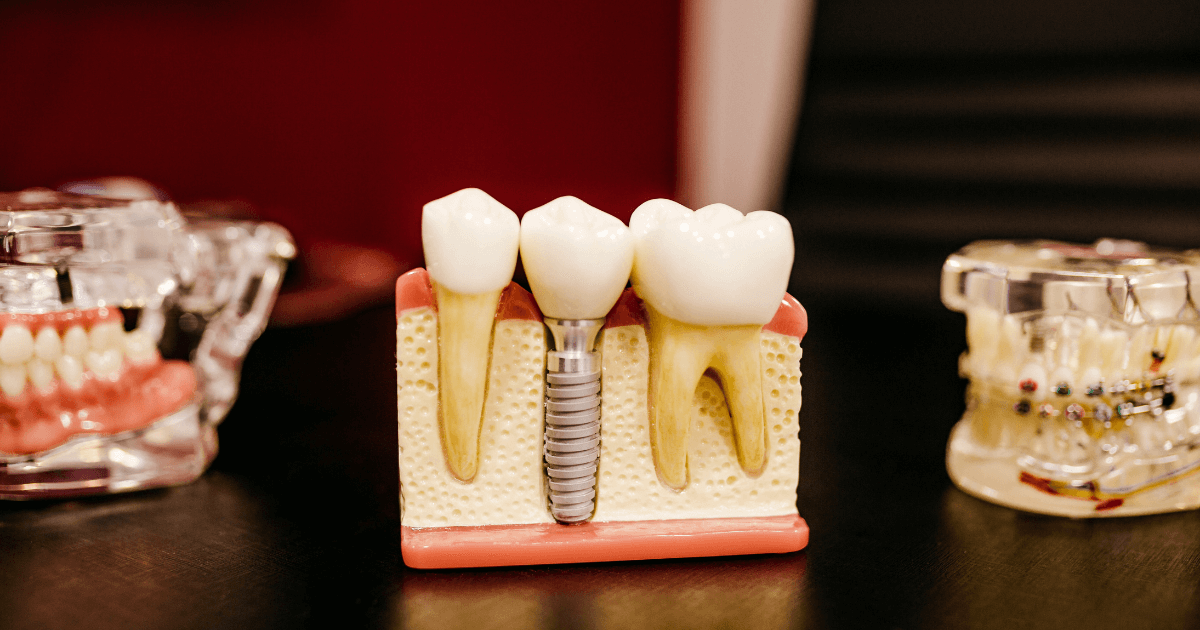Biomaterials, including dental biomaterials, have become essential components in modern medicine. Dental biomaterials are the materials or devices that need to be used within the oral cavity for the diagnosis and treatment of oral or dental conditions, diseases, and disorders. As advancements in medical technology are taking place, the Journal Biomaterials (Elsevier), updates the definition of biomaterials as; the substance engineered to take a form, which either alone or as part of any composite system, interacts with components of living tissue to lead the course of any diagnostic or therapeutic procedure.
Dental biomaterials are largely used to replace and treat damaged or lost teeth, tooth substance, and jawbone
Dental biomaterials are largely used to replace and treat damaged or lost teeth, tooth substance, and jawbone. They are also useful for filling cavities, crowns, implants, bridges, and removable prosthetics. These materials generally include resin-based materials, ceramics, and metallic materials. In general, there are three types of dental biomaterials which are bioinert, bioactive, and biodegradabl
- Bioinert materials: These materials do not interact with the tissue or environment in which they are positioned.
- Bioactive materials: On the other hand, these materials directly interact with their surrounding environment where the material binds chemically to hard or soft tissue. These tissues are the once which induce the release of a biological substance, or those which improve the healing ability of a tissue.
- Biodegradable materials: These materials offer distinct advantages for a limited time period and generally degrade at a rate similar to tissue regeneration.
Moreover, there are five main classes of dental biomaterials that include polymers, natural materials, metals, bioceramics, and composites.
1. Polymers
This one is the largest class of biomaterials and are harvested from natural resources such as plant and animal materials or synthesized in a laboratory. Cellulose and sodium alginate are the examples of polymers derived from plant material, whereas collagen, hyaluronic acid, and heparin are the polymers derived from animals.
Besides, polymers synthesized in a laboratory are produced by the co-polymerization of conventional monomers and they can be worked to suit almost any environment. These materials can be biocompatible, hydrophilic or hydrophobic, non-absorbable or biodegradable, and so forth. Due to their flexibility, structural changes can easily occur upon introduction to a biological environment and that’s why they are an ideal component of controlled drug release systems. Polyamides, polyethylene, and poly (D,L-lactide-co-glycolide) are some of the examples of synthetic polymers.
Natural biomaterials are classified as polysaccharide-based (cellulose, chitosan), protein-based (collagen, gelatin), and tissue-derived (decellularized heart valves, blood vessels) materials.
2. Natural materials
These materials put forward distinct advantages as compared to the synthetic materials including bio-compatibility, remodelling, and biodegradability. Natural biomaterials are classified as polysaccharide-based (cellulose, chitosan), protein-based (collagen, gelatin), and tissue-derived (decellularized heart valves, blood vessels) materials. In addition, they function at a molecular level and not the macroscopic level. But, due to their complex structure, more complex strategies often gets essential for their manipulation to attain the desired function.
3. Metals
There is archaeological evidence of gold being used in dentistry as early as 1600 BC in Egypt which suggests that metallic biomaterials have been used in medical treatment for over a century. Stainless steel, aluminium, titanium, and cobalt-chromium (Co-Cr) are some of the examples of metal biomaterials.
Biomedical applications of these materials in dentistry include dental implants, or dental prosthetics (crown, denture, and bridgework). Although the metals remain bioinert in most cases, surface modifications (such as those in dental implants) allow interaction with the biological system and make them bioactive.
4. Bioceramics
Bioceramics could be bioinert (e.g. aluminium and zirconia), or bioactive (e.g. hydroxyapatite and bioactive glass) or biodegradable (e.g. tri-calcium phosphate). In Dentistry, these Bioceramics are used for periodontal treatment, maxillofacial reconstruction, and endodontic treatment.
Composites have the ability to manipulate the manufacturing process to yield the desired material properties similar to polymers.
5. Composites
These biomaterials have two or more essential materials that are either synthetic (such as dental composite filling materials) or natural (such as bone). They may also be either particulate or fibrous, or both, in nature. Composites have the ability to manipulate the manufacturing process to yield the desired material properties similar to polymers. These can be employed in both hard and soft tissue applications.
Now, if we look at some details about the dental biomaterial market, it is supposed to grow at a CAGR of 7.52% in the forecast period 2021 to 2028 as per the Data Bridge Market Research analysis. Here are a few key factors that are expected to boost the growth of the dental biomaterial market in the forecast period.
- Increasing prevalence of dental disorders
- Rising geriatric population,
- Rising dental tourism in developing countries,
- Rising disposable income in developing countries,
- Rising expenditure on dental and oral care,
- Growing number of dental clinics,
- Increase in adoption of novel adhesives.
Moreover, a rising shift towards newer materials and products, rising modernization, rising growth in emerging countries, and technological advancements in the healthcare sector and rising research and development activities in the market will also create new opportunities for dental biomaterials market in the forecasted period of 2021-2028.The major players in the dental biomaterials market are BIOLASE, Danaher, Inc., Institut Straumann AG, and Dentsply Sirona.
Credit: Photo by Unsplash
Composed by: “Pallavi Brahmankar works in a Market Research Company and has interest in healthcare prospects.”

